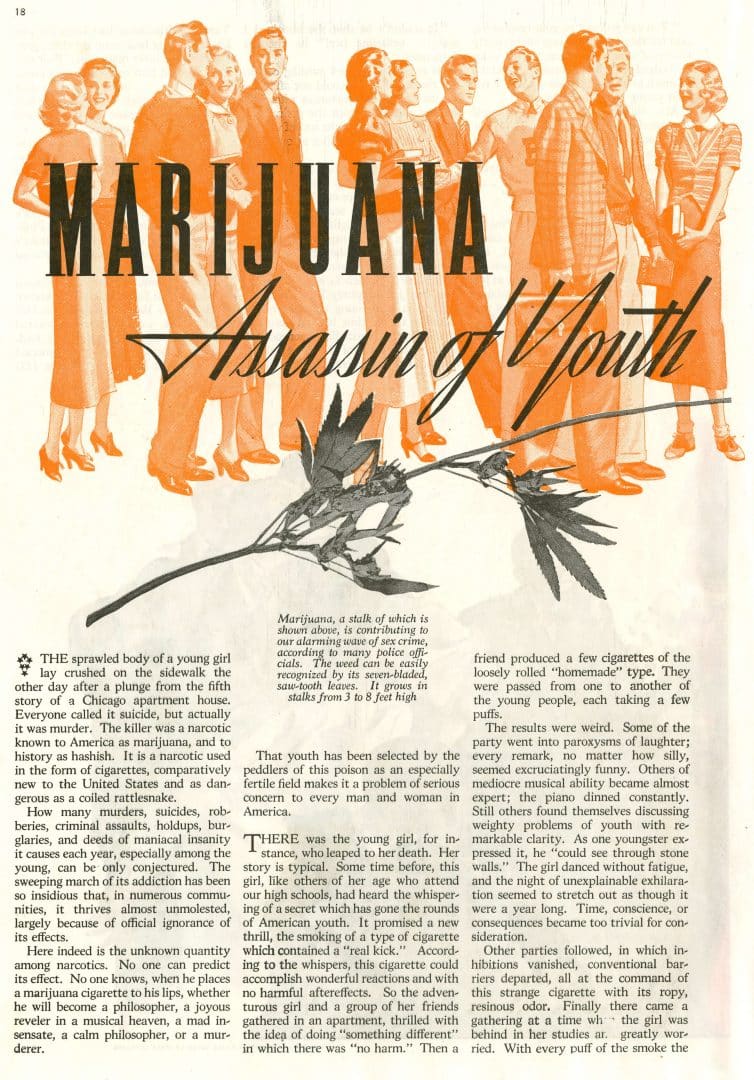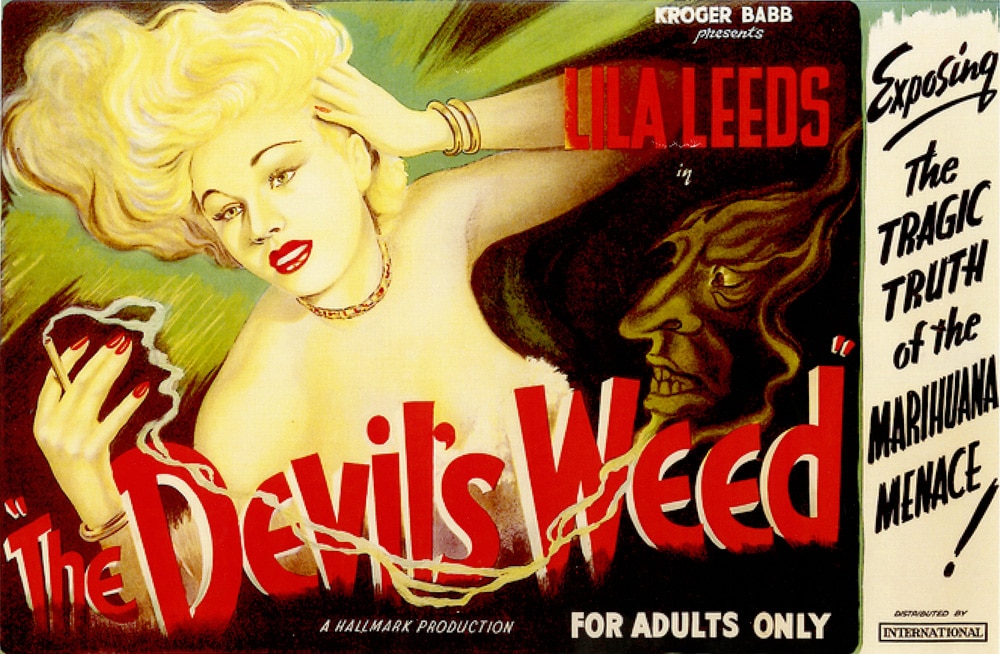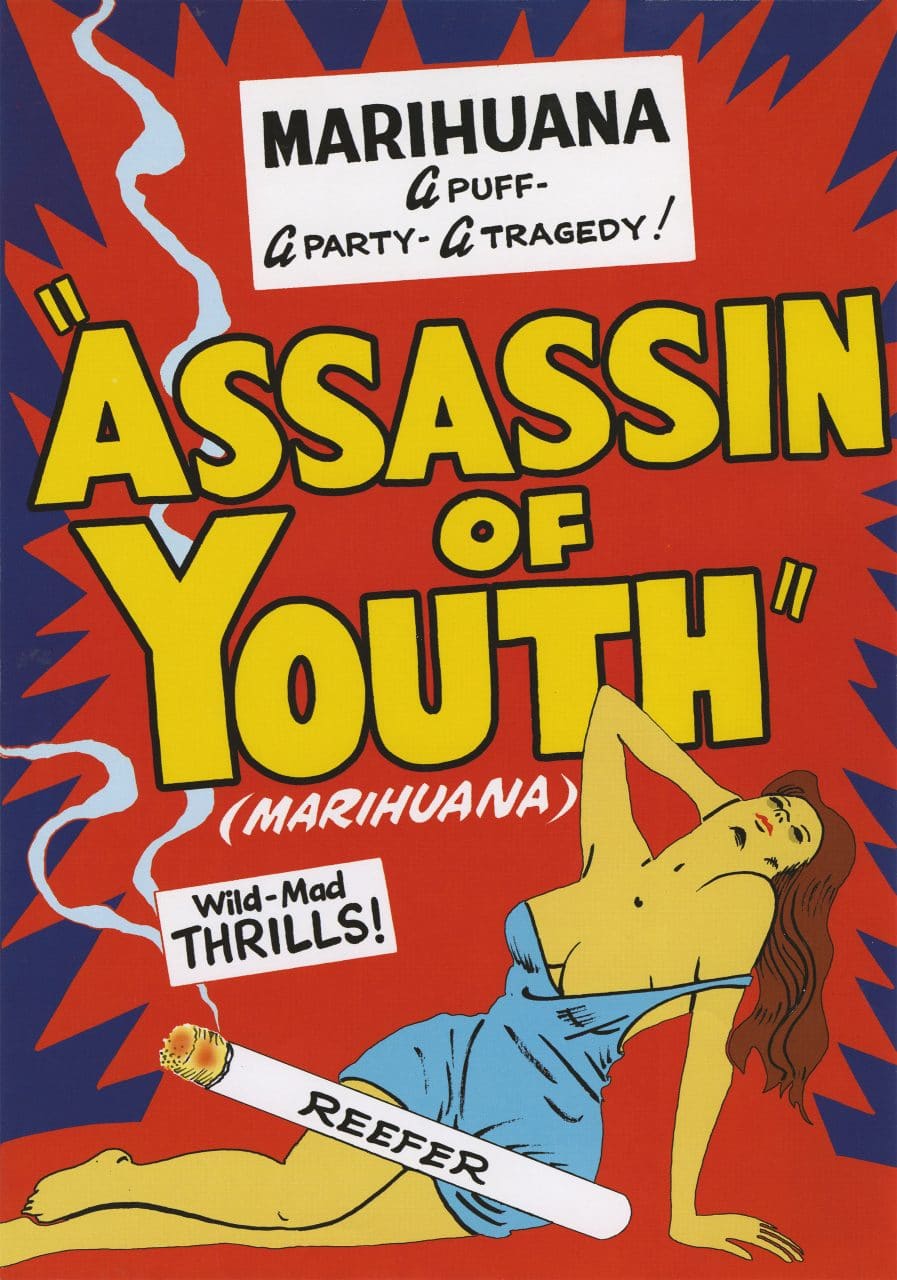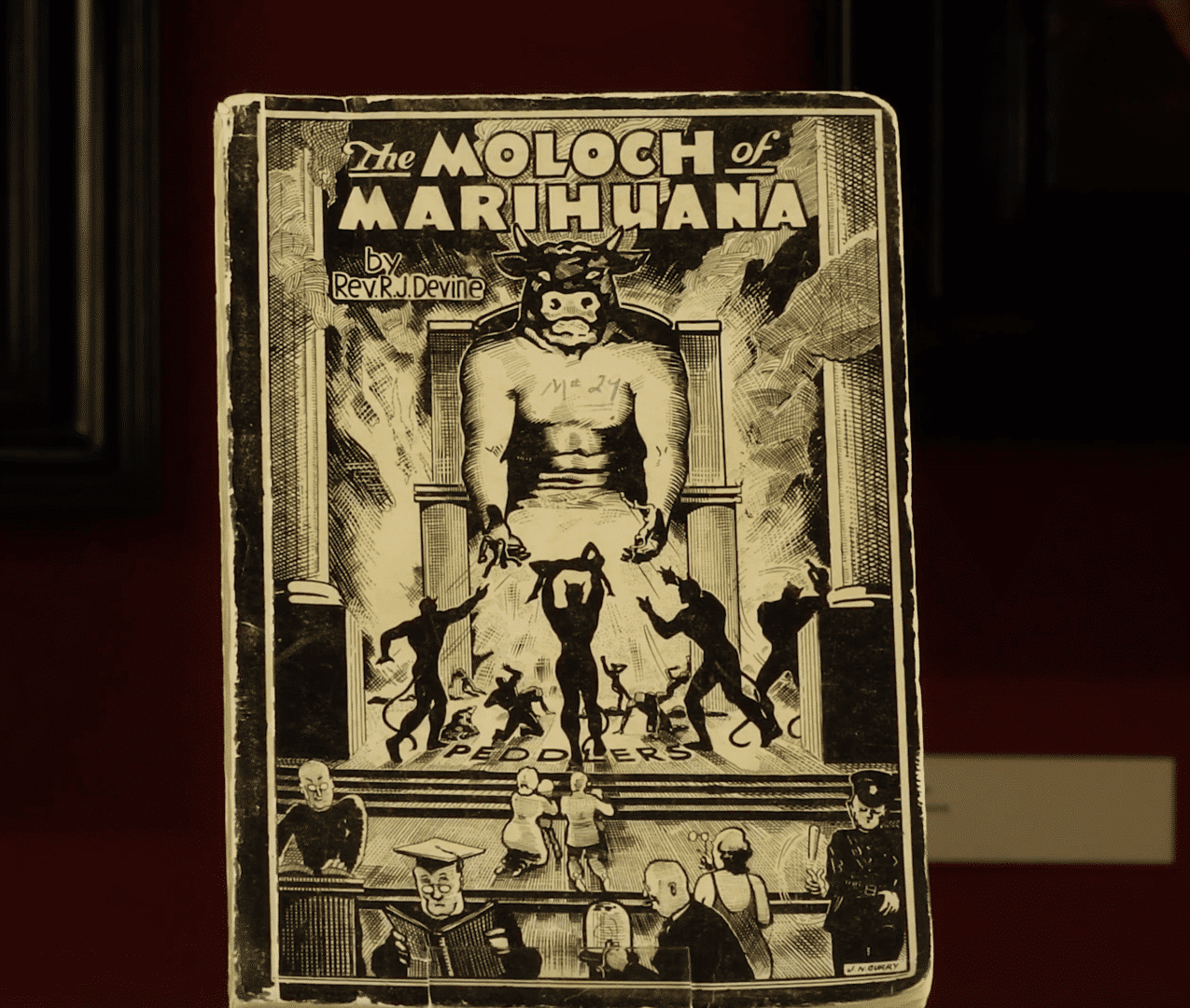
Assassin of Youth
This 1937 magazine article, written by US Federal Bureau of Narcotics chief Harry Anslinger, is a classic example of ‘Reefer Madness’-era propaganda.

In 1937, the United States established the Marijuana Tax Act which, in practice, made cannabis illegal. In order to win favourable public opinion for this Act, the American government initiated an intense media offensive that has become legendary in the history of marijuana legislation.


Publicity poster for the film Assassin of Youth, 1937.
In 1937, the United States established the Marijuana Tax Act which, in practice, made cannabis illegal. In order to win favourable public opinion for this Act, the American government initiated an intense media offensive that has become legendary in the history of marijuana legislation.
Harry Anslinger, the head of the Federal Bureau of Narcotics, provided the impetus with the biased article titled ‘Assassin of Youth’ in The American Magazine (1937), in which he wrote: “Here indeed is the unknown quantity among narcotics… No one knows, when he places a marijuana cigarette to his lips, whether he will become a philosopher, a joyous reveler in a musical heaven, a mad insensate, a calm philosopher, or a murderer.” The aim of the anti-cannabis campaign was clear: to terrify the American public and in doing so, to create support for the ban on marijuana.
In the 1930s, a number of films were produced containing hysterical anti-marijuana propaganda. Of these, Marijuana (1936), Assassin of Youth (1937, named after Anslinger’s article) and Reefer Madness (1936) are the most famous. The message of these rather one-dimensional and melodramatic films was clear – the ‘devil’s herb’ transforms people into violent and sexually uninhibited monsters: “Marijuana is a short cut to the insane asylum.” Harry Anslinger laid it on even thicker when he said: “Marijuana is an addictive drug which produces in its users insanity, criminality, and death.”
In our museums in Amsterdam and Barcelona, advertisements, articles, novels and film posters are on display which stand testament to this ‘madness’, including a series of flamboyant film posters (which truly are beautifully designed!) and various rare pulp novels with titles such as Marijuana Girl; Musk Hashish and Blood; and Reefer Boy.
This early prohibition instigated the War on Drugs, although that term would only be coined by American President Richard Nixon in 1971.
Check out these collection items

This 1937 magazine article, written by US Federal Bureau of Narcotics chief Harry Anslinger, is a classic example of ‘Reefer Madness’-era propaganda.

This short book, believed to be first published in 1934, was written by Reverend Robert James Devine. The reverend describes himself as a “Christian sociologist”, and wastes no time in equating cannabis to Moloch: a Canaanite deity to whom children were sacrificed. The text is anything but unbiased. Devine describes his efforts to quell the […]
Sign up to get the latest news about the museum, upcoming exhibitions and events.
Oudezijds Achterburgwal 148
+31 (0)20-6248926
amsterdam@hashmuseum.com
Monday to Thursday: 12:00 – 20:00
Friday to Sunday: 10:00 - 22:00
More information
Carrer Ample 35
+34 93 319 75 39
barcelona@hashmuseum.com
Every day: 11:00 – 20:00
More information
© 1987 - 2025 Hash Marihuana & Hemp Museum. All Rights Reserved. CSS Status 404